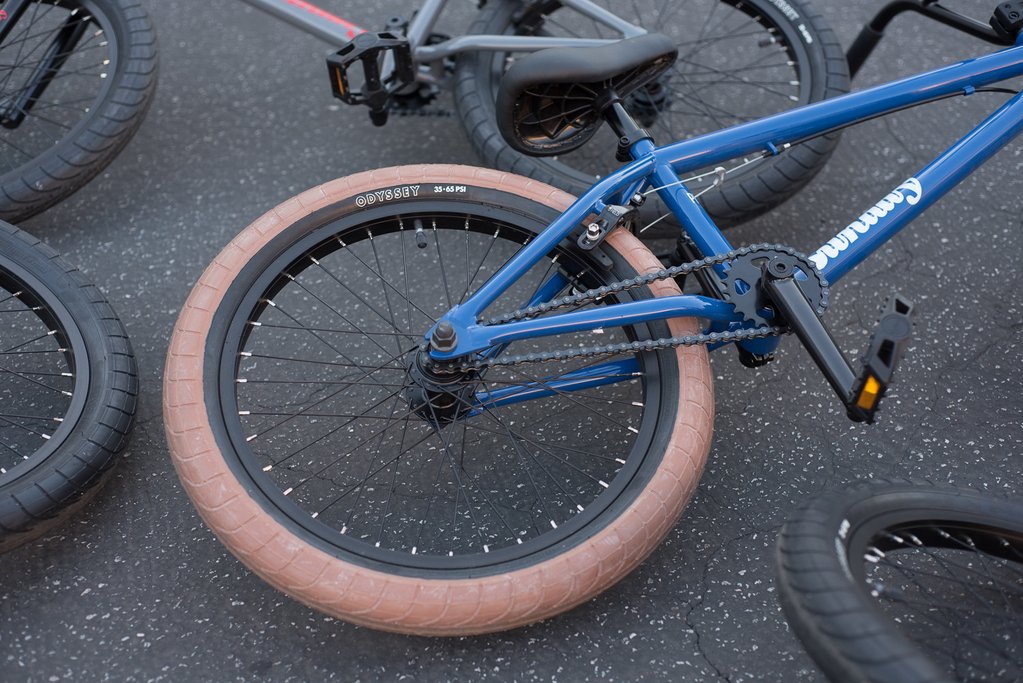The wheels on a BMX bike are one of the most important components that affect performance. They impact the weight, handling, and speed of the bike. Therefore, upgrading to lighter wheels can improve acceleration, lower rotational weight, thus give you a speed advantage over racers. While these things may not concern the average rider, if you’re looking to get serious about BMX racing – they matter. However, if you’re more of a trick-performing BMXer, light wheels would be a liability, and you should be looking for tougher ones that can take that level of abuse.
Luckily, the range of BMX wheels is smaller than the range of road and mountain bike wheels. The range becomes even narrower if you’re only participating in a specific BMX riding style. For example, BMX racers need a lightweight front and rear BMX wheel with fewer spokes, whereas stunt and street riders need a burly 36 spoke front and rear BMX wheel. 36 spoke wheels are also the best option for people who don’t have a defined riding style and want to practice more than one way of riding.

However, spoke count is just the tip of the iceberg when it comes to buying BMX wheels. The size of the wheels is also quite important. Standard BMX bikes come with 20″ diameter wheels, although cruiser BMX models feature 24″ wheels and stunt bikes feature smaller, 18″ wheels. In terms of rim width, 32mm is the standard size, 30mm is ideal for racers and 36mm is ideal for stunt and street bikes.
Furthermore, BMX bike wheels can be either welded or pinned in terms of how each end of the hoop is joined to the other to make the circle. Welded joints are the preferred option, as they’re far stronger. Additionally, you have to consider the rim’s internal wall structure. There are single and multiple-walled rims. Single-wall rims don’t feature hollow internal chambers, while double and triple walled rims do. That being said, double and triple walled rims are stronger as they offer extra structural support.
Lastly, you need to consider the hub type. There are three popular types of BMX hubs: cassette, freewheel and freecoaster hubs. Cassette hubs use an internal driver which presses into the hub shell and can run 8 teeth sprockets. Freewheel hubs use an external freewheel which threads onto the outside of the hub shell. These hubs require a larger freewheel and larger-circumference bearings. And freecoaster hubs use an internal clutch system which allows the bike to roll backwards without backpedaling.